( Quang Ngai Newspaper) - The full moon of the eighth lunar month is the time when the moon is at its roundest and brightest. This is also the time when Asian farmers finish harvesting their crops and begin to rest and organize festivals, the most typical of which is the full moon festival, also known as the Moon worship ceremony.
Mid-Autumn Festival in history books
On the night of the Mid-Autumn Festival, when the full moon shines, the ceremony to worship the Moon God begins. On the altar, there are fruits and moon-shaped cakes. The whole family gathers to eat cakes and watch the moonlight in the warm atmosphere of nature and family affection.
In Vietnam, the earliest written record of the Mid-Autumn Festival is on the stele of Doi Pagoda. Accordingly, since the Ly Dynasty, the Mid-Autumn Festival has existed in the capital Thang Long with boat racing, water puppetry and lantern processions. Historical records show that the Sung Thien Dien Linh stele (commonly known as the Doi Pagoda stele) was erected on the 6th day of the 7th month of the year Tan Suu (1121), personally directed by King Ly Nhan Tong to create and inscribe. The stele inscription reads: “The Jade Emperor is a wonderful artist, and now the king has a great eye for talent. Borrowing the clear scene of the Mid-Autumn Festival, when all things are leisurely, he shows his filial piety and displays it in the temple. The king again took the morning of the third day to open the royal ceremonial carriage, rode the precious carriage out nine times, and went on a golden palanquin at the auspicious hour. A fan made of pheasant feathers covered both sides. A silver hammock surrounded the four sides. Returning to the green field of Truong Dat, he sat in the Linh Quang precious palace. A thousand boats sailed in the middle of the river as fast as lightning; a thousand drums beat together with the roaring sound of rising water like thunder...” (Translation by To Sanh)
Phan Ke Binh in the book “Vietnamese customs” said: “In the 19th century, our people prepared offerings to their ancestors during the day and set up offerings to enjoy the moon at night. The top of the offering was moon cakes and many kinds of cakes and fruits, dyed in bright colors, green, red, white and yellow. Girls in the city competed with each other in their skills, carving papaya into flowers, molding dough into shrimps, whales...”. According to Phan Ke Binh, the custom of singing drums during the Mid-Autumn Festival began during the Tay Son Dynasty and the one who started it was Nguyen Hue: “When he brought his army to the North, many soldiers missed home. Nguyen Hue came up with a way for both sides to pretend to be boys and girls, singing and responding to each other to make the soldiers happy and less homesick. There were drums to keep the rhythm, so it was called drums.”
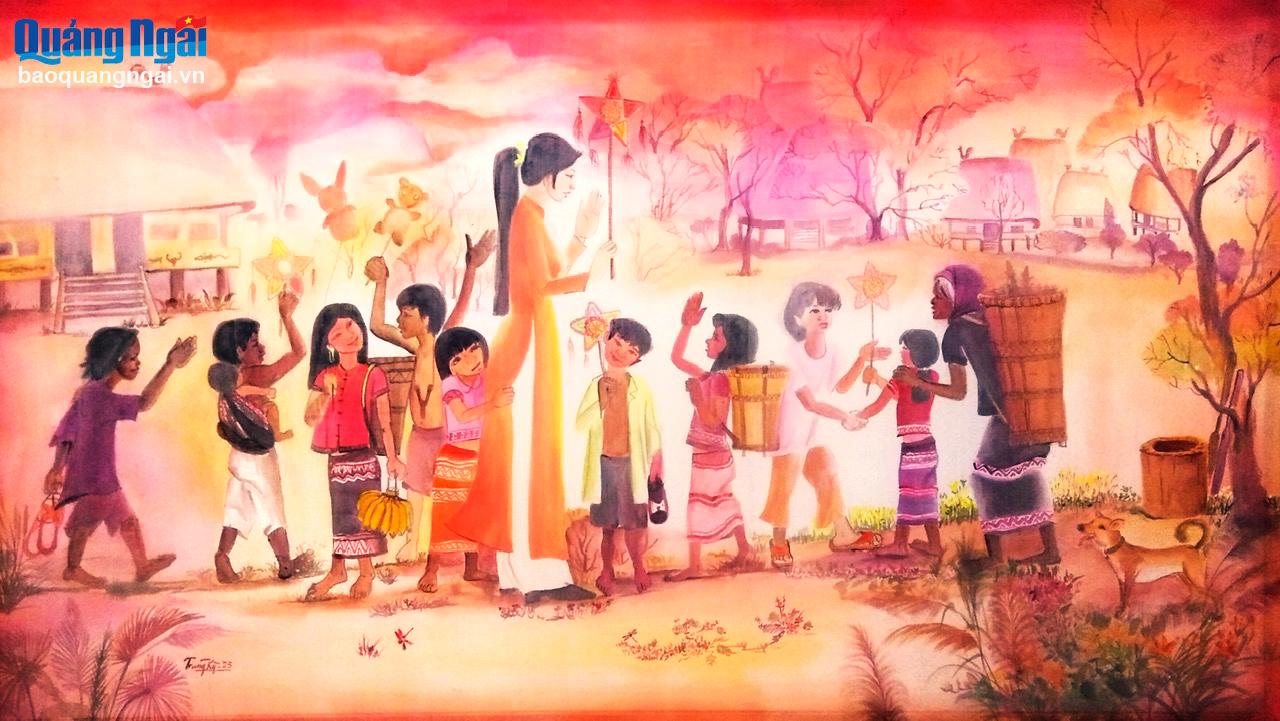 |
| The work "Mid-Autumn Festival comes to children in the highlands" by Nguyen Trung Ky. |
Writer Nguyen Cong Hoan in the book “Remembering and recording Hanoi ” said why the Mid-Autumn Festival became a children’s festival, from Hanoi then spreading throughout the country: “Lion dance and dragon dance are games for adults. The lion heads are big, the dragons have many segments, and they dance many skillfully. But for a while, gangs of thugs carried lions and dragons to compete for prizes, and fought fiercely. Then the thugs in Sam Cong alley (today’s Dao Duy Tu street) had a feud with the thugs in Tam Thuong alley, for example, they waited until the Mid-Autumn Festival, then went to dance with lions and fought. In the ox cart carrying drums and cymbals, they had crowbars and weapons ready. Many fights turned into murders. Therefore, the French banned adults from dancing lions. The Mid-Autumn Festival was only for children to play, and that festival became a children’s festival.”
Returning to Quang Ngai and the story of the Mid-Autumn Festival. Mr. Tu Quang Tuan, who is in charge of incense at Ong Pagoda in Thu Xa village, Nghia Hoa commune (Tu Nghia), said that the elders recounted that in ancient times, the Mid-Autumn Festival was one of the occasions when the old town became bustling, children and adults had fun, families gathered and had fun. People made offerings to their grandparents and ancestors, then had fun like reciting poems and enjoying the moon, dancing with dragons and lions, carrying lanterns, and star lanterns; eating sticky rice cakes and moon cakes... Many months before, people who specialized in making drums, dragon heads, lion heads, and lanterns entered the busiest time of the year. Their business has a good income, many artisans in Thu Xa can make sophisticated lion and dragon heads, not inferior to those in Hoi An (Quang Nam), Cho Lon ( Ho Chi Minh City)... Artisan Tran Thanh Tung, from Thu Xa, Nghia Hoa commune, who recently participated in a performance and guided children and students to make lion heads and lanterns at the Provincial Museum, is the last remaining member of a generation of talented artisans in the late 20th and early 21st centuries. From Thu Xa, dragon and lion dances spread throughout the Quang Ngai countryside. Lanterns, five-pointed star lanterns, and banh u lanterns followed each other on the Mid-Autumn Festival lantern procession. Until the late 20th century, lion and dragon dance teams were bustling throughout the countryside and cities.
In many people's minds, Mid-Autumn Festival is a moon-watching festival, a time for children to have fun. In the past, before the full moon of August, every family would whittle bamboo to make frames, buy colored paper, and glossy paper to make star lanterns, banh u lanterns, and carp lanterns for their children and grandchildren... Skilled people would make lanterns. On the full moon night of August, let their children and grandchildren carry lanterns, watch lion dances, and eat moon cakes and sticky rice cakes.
Mentioning the Mid-Autumn Festival, I remember the letters and poems of President Ho Chi Minh sent to Vietnamese children with simple, pure, close, loving words, full of hope for the future generations of the country: "I hope you will be good children/ In the future, preserve the Lac Hong country/ To become famous as the Dragon and Fairy/ To show the face of Vietnamese children" (Mid-Autumn Festival 1946).
Remember the moonlit seasons of childhood
I always remember the Mid-Autumn Festival of my childhood. For the children of the poor countryside at that time, the Mid-Autumn Festival was extremely special. It was a festival for children, an excitement, waiting for every minute and every hour. Around the 12th and 13th of the 8th lunar month, the whole group gathered together to prepare to make lanterns. We gathered at someone’s house, usually the house of the “super” lantern maker. One child learned from the other, and just like that, we explored and assembled, finally making a complete lantern. The atmosphere of preparing to make lanterns was very bustling. In one corner, a child was splitting bamboo strips, in another corner, another child was cutting, cutting, gluing, looking very enthusiastic.
The star lanterns only need to be tied, tied, anchored at the joints, and covered with a layer of shiny paper. The military lanterns are made of cardboard, folded neatly by skillful hands. The diamond lanterns are made of beer cans, the boys used scissors to cut along the cans, crushed them, and used parachute cord to thread through them...
Although they were shown the sample before making it, when it passed through the hands of amateur “artists”, it turned into strange shapes, even… bizarre. One looked at the product of another, and vice versa, and then burst out laughing. However, the joy of holding the lamp in one’s hand was still so great.
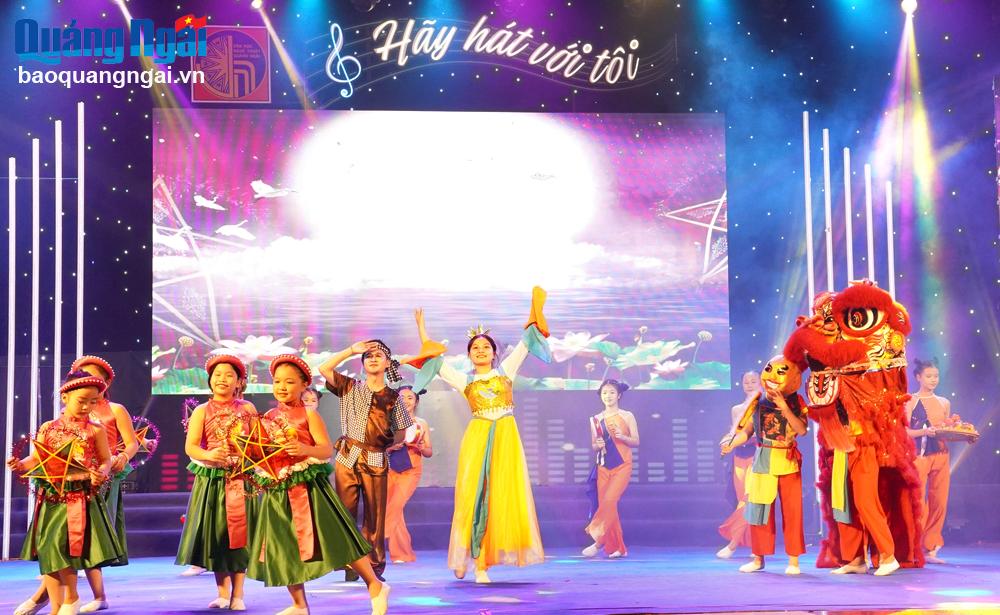 |
| Bustling Mid-Autumn Festival. Photo: THIEN HAU |
And then, the “big day” arrived. From early afternoon on the full moon night, the children started going from house to house to “donate” for the evening feast. Some contributed custard apples, some contributed persimmons, some contributed tiny lemon candies. There was absolutely no comparison, no gain or loss, it seemed like everyone contributed whatever they had. At that time, we didn’t know what mooncakes and sticky rice cakes were. So the feast was all “home-grown”.
The full moon night is truly for the children, no adults participate. Perhaps a few of the leaders of the Youth Union stand up to organize the moon night to be more "orderly" and cozy. When darkness begins to fall, we children quickly eat our rice and quickly carry lanterns to spread out along the village roads. This is also the time for us to "show off" our products. While holding lanterns, the children hum nursery rhymes: "Hey Mr. Moon/ Come down here and play/ There is a pot of sticky rice/ There is a stack of banh chung/ There is a jar of wine/ The starling swings/ The young man untangles the net/ The two carry a basket/ The red mother holds her baby/ Go watch the fishing/ The uncle and aunt stay at home/ Take a comb to comb their hair/ The buffalo plows the field/ The mung bean is released into the pond...".
Carrying lanterns around the village streets, then gathering at the warehouse yard to sit together and eat and drink the food that had been donated in the afternoon. Everyone smiled happily and contentedly under the sparkling moonlight. That moment was so wonderful that I wished the moonlight of the Mid-Autumn Festival would last forever! And then, when I closed my eyes, I still dreamed that I was enjoying fruits and watching the moon with everyone. In the blink of an eye, more than twenty years have passed. The children of that time have now grown up, some have become fathers and mothers. The moon seasons of childhood are always present in our memories. The days of children waiting for the moon season were so innocent and pure!
HONG KHANH - MAI HOANG
RELATED NEWS:
Source: https://baoquangngai.vn/van-hoa/202409/net-dep-tet-trung-thu-c8a1b2a/








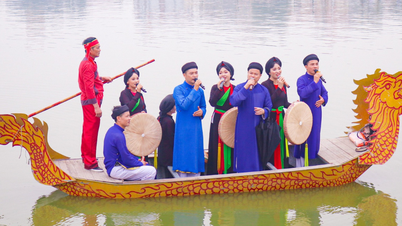
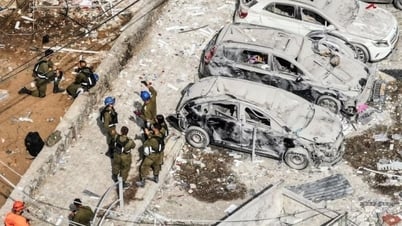

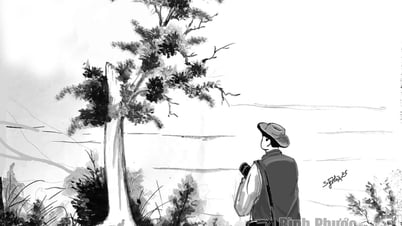

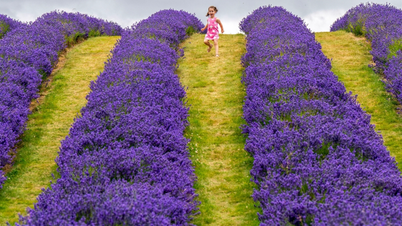
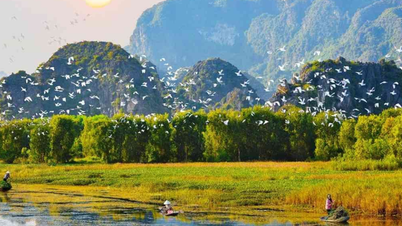



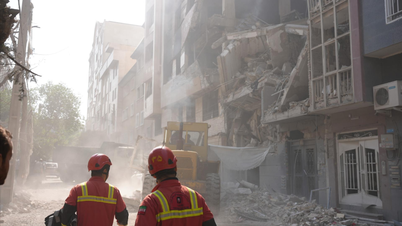

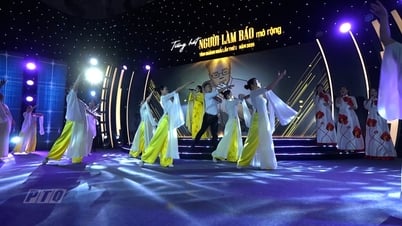









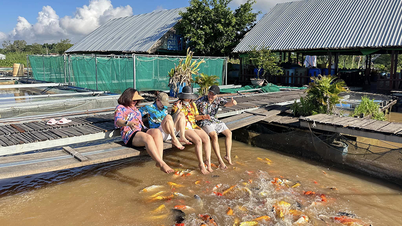
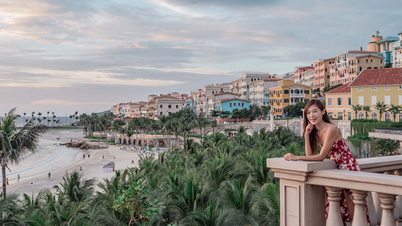
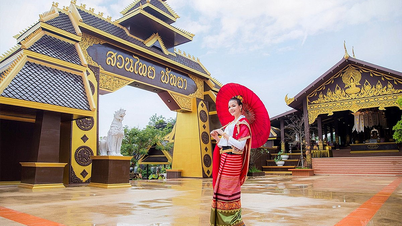
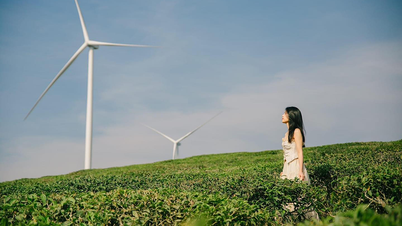













































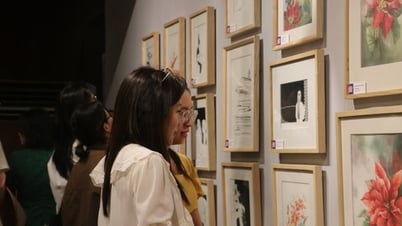

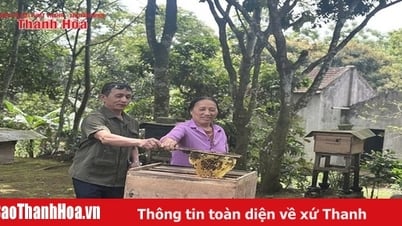

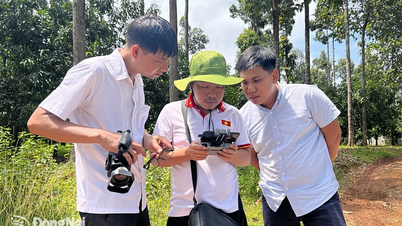


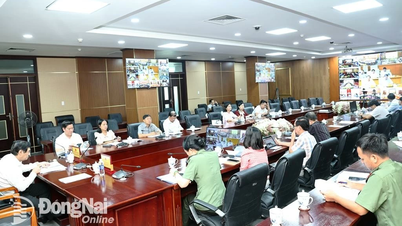
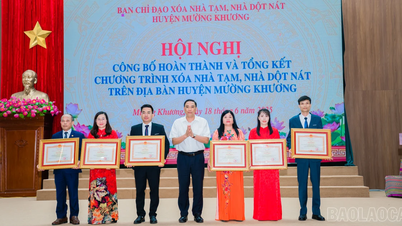













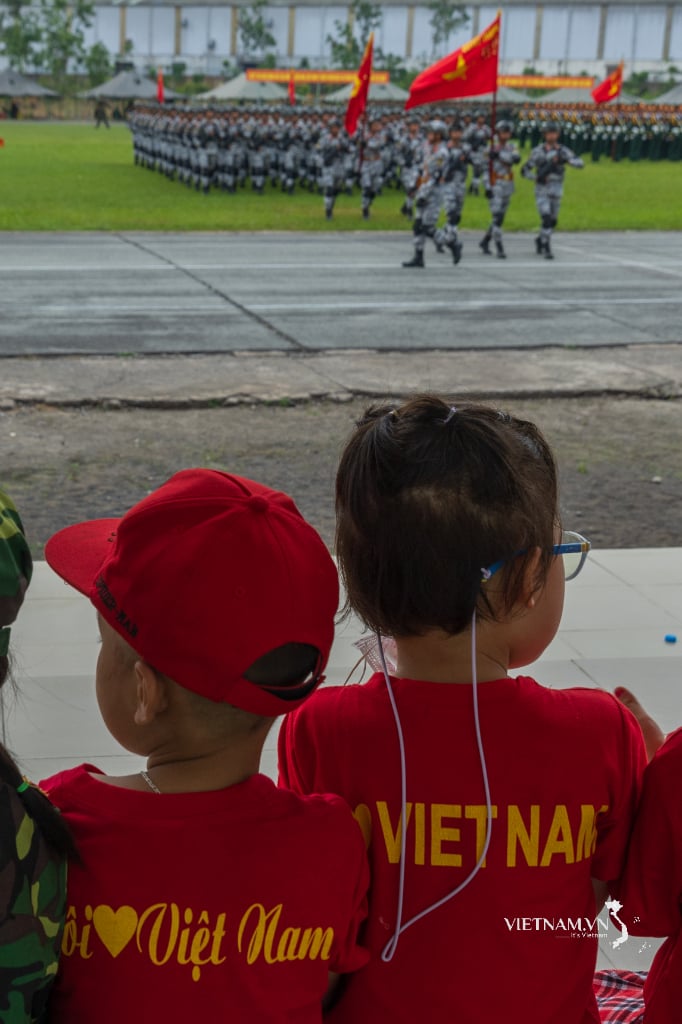
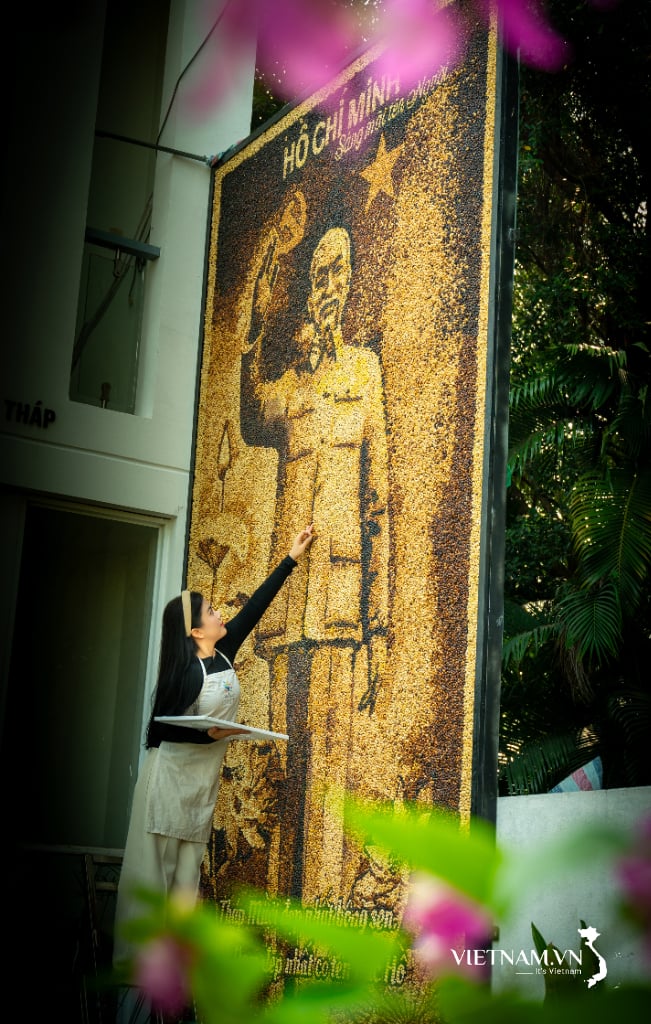
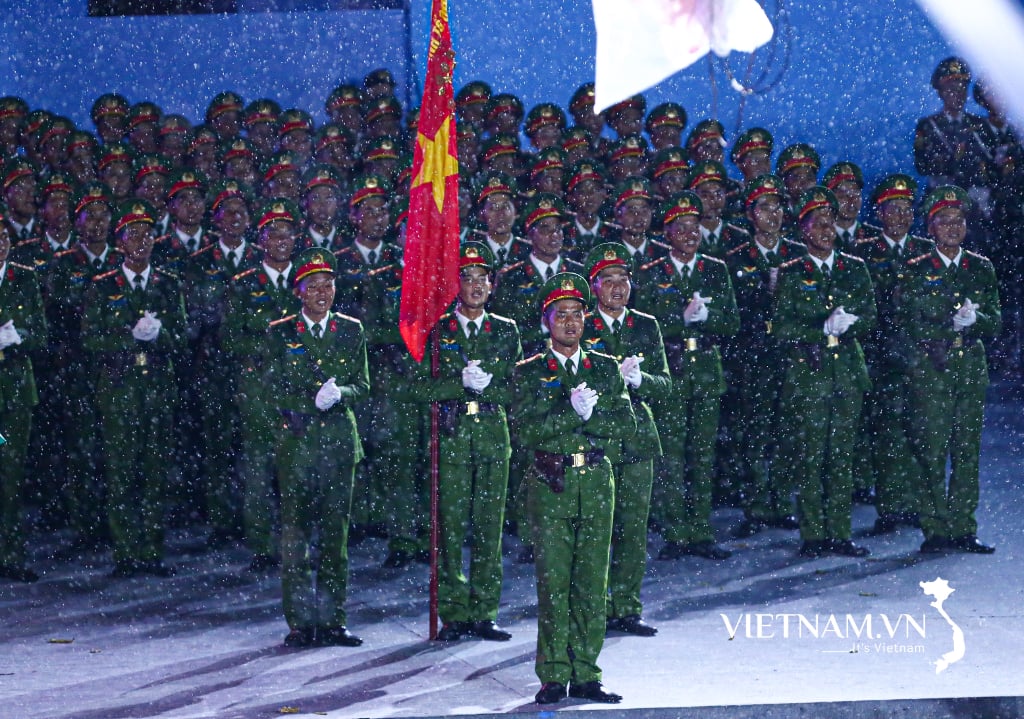
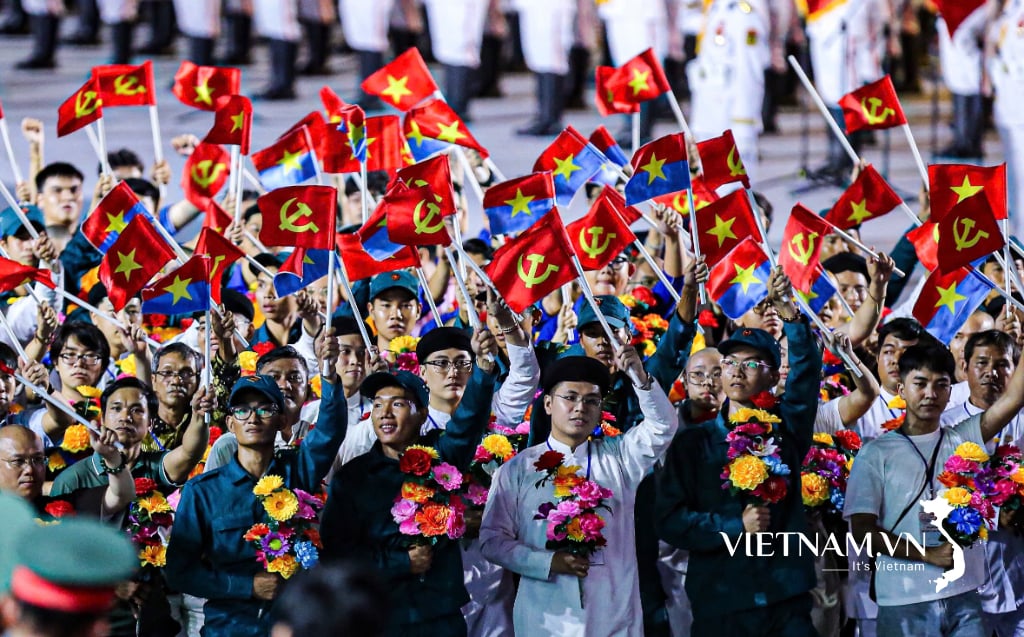
Comment (0)